How to Actually Start Meal Planning (And Stick With It)
Honestly, I wasn’t always the organized cook people assume I am. For years, my professional kitchen life was all about precision and planning—what we call ‘mise en place,’ or everything in its place. But my home kitchen? It was a disaster zone. I’d get home, exhausted, stare into a fridge full of random ingredients, and just order takeout. It was draining my wallet and my energy.
In this article
- First, Why Bother? Understanding Food as Fuel
- Find Your Style: One Size Doesn’t Fit All
- Your Toolkit: What You Actually Need to Buy
- The 4-Step Process That Turns Chaos into Order
- Beginner’s Corner: Your First Three Meals (I Promise They’re Easy)
- Food Safety: The Rules You Absolutely Cannot Break
- Troubleshooting Common Problems
- Inspirational Gallery with Photos
The big change happened when I finally brought the systems from work into my own home. It wasn’t about making complicated, fancy meals. It was about creating a system that worked for me. That system is meal planning, and it’s less of a rigid diet and more of a life skill for managing your food, time, and sanity.
I’ve taught these exact methods to everyone from busy parents to single professionals. So, let’s walk through the real-world process, from understanding the ‘why’ to the pro techniques that make it all click.
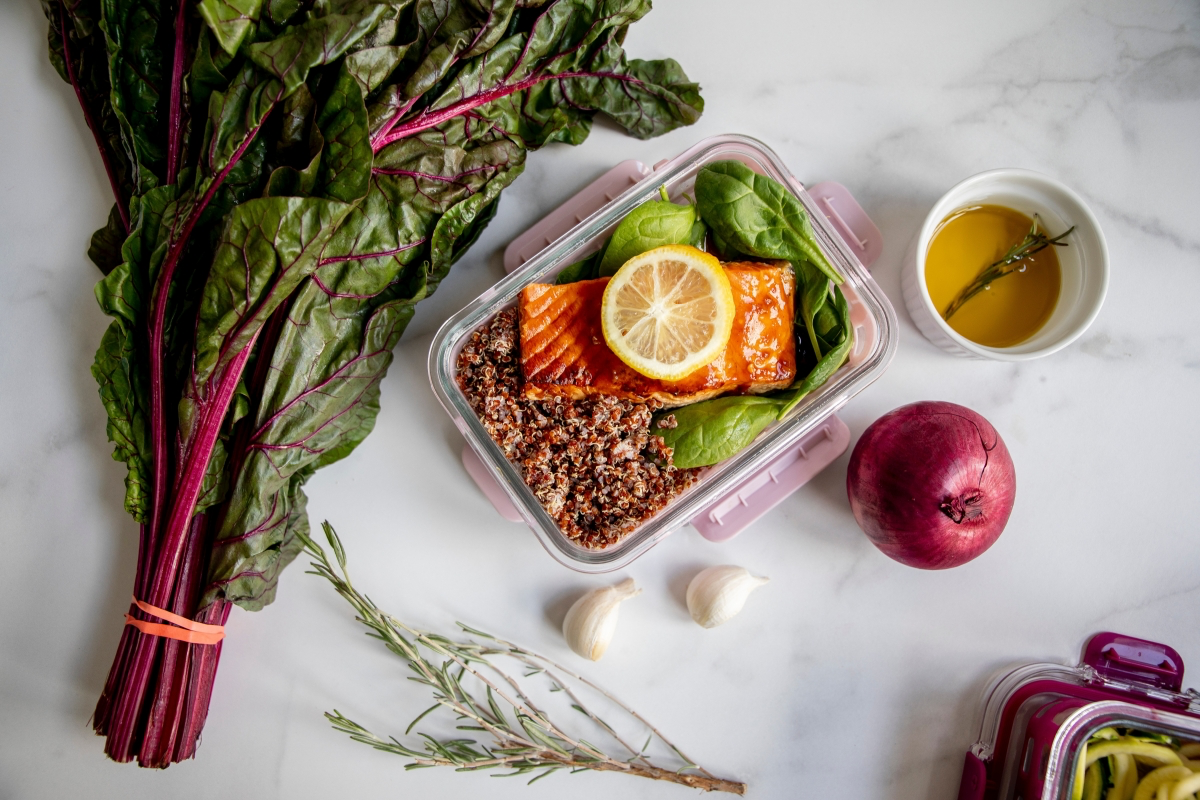
First, Why Bother? Understanding Food as Fuel
Before we even think about chopping an onion, let’s get clear on the goal. A solid meal plan gives your body the right kind of fuel. This isn’t about complicated science; it’s about building a balanced plate. Food is energy, but let’s be real, not all calories are created equal. You need a good mix of the big three macronutrients to feel and function your best.
Here’s the simple breakdown:
- Protein: Think of this as the construction crew for your body. It builds and repairs tissue, and it’s essential for hormones and enzymes. We’re talking about things like meat, poultry, fish, beans, lentils, and tofu. A key benefit of protein is that it keeps you feeling full for longer because your body works harder to digest it. A good visual for a portion size is about the size of your palm.
- Carbohydrates: This is your body’s primary gas station. But we’re not talking about the cheap stuff that leads to a crash, like sugar and white bread. The focus here is on complex carbs that are packed with fiber—stuff like whole grains, vegetables, and fruits. They release energy slowly and steadily. For grains or starchy veggies, a cupped hand is a great portion guide.
- Healthy Fats: Fat is not the enemy! It’s vital for protecting your organs, helping your body absorb certain vitamins, and, let’s be honest, making food taste good. You’ll find these good fats in avocados, nuts, seeds, and olive oil. A portion is roughly the size of your thumb.
A simple way the pros visualize this is to think of your plate as a pie chart. Aim to fill half of it with fruits and veggies, a quarter with lean protein, and the final quarter with whole grains. It’s a balanced, sustainable starting point that just works.
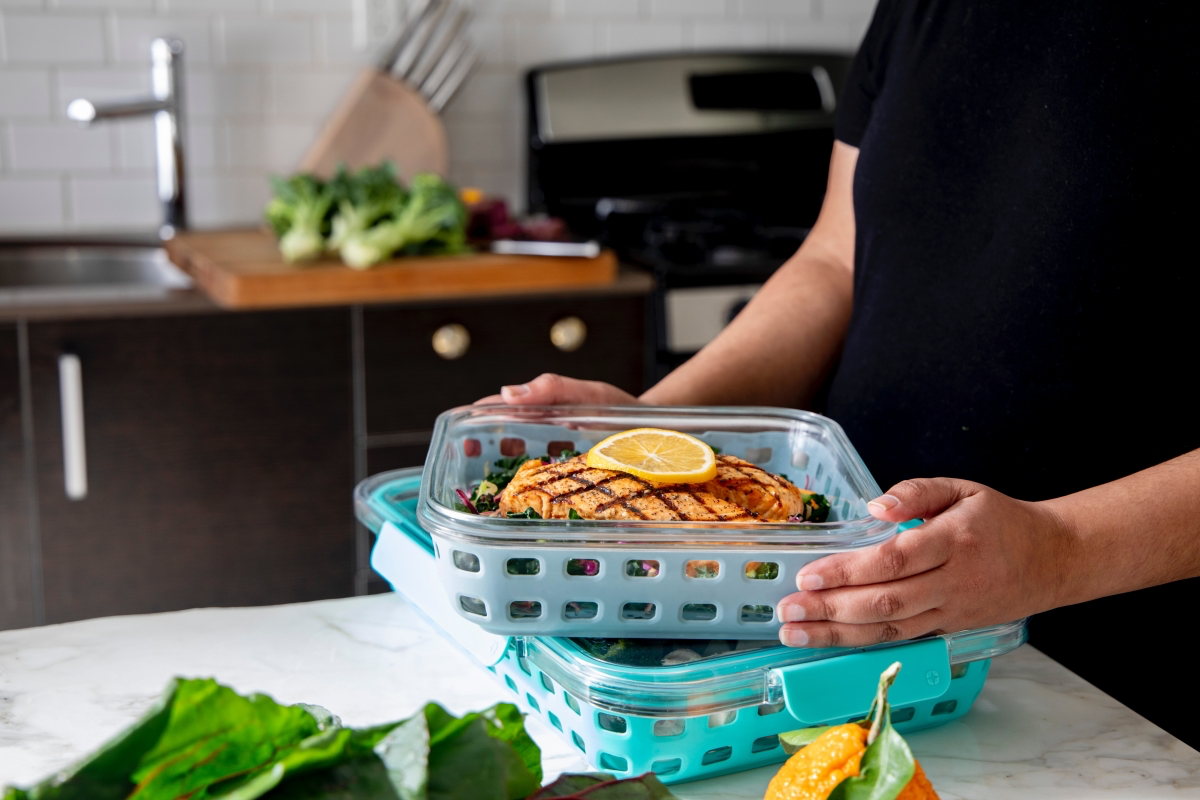
Find Your Style: One Size Doesn’t Fit All
So many people give up on meal planning because they pick a method that just doesn’t vibe with their lifestyle. A single person has totally different needs than a family of five. Be honest with yourself about your schedule and your personality. Here are the most common styles that actually work in the real world.
The Weekly Planner
This is the classic approach where you map out every dinner for the coming week. Some folks even plan breakfasts and lunches. It’s fantastic for people who thrive on structure and want to kill the daily “what’s for dinner?” debate. I find this works wonders for families with predictable schedules.
The Batch Cooker
This is my personal favorite for pure efficiency. You set aside a few hours one day—Sunday is popular—to prep meal components, not full meals. For example, you might grill a big pack of chicken, roast a huge tray of vegetables, cook a pot of quinoa, and make a big jar of salad dressing. During the week, you’re just assembling. A common mistake is thinking this is more work, but it’s a massive time-saver on busy weeknights.
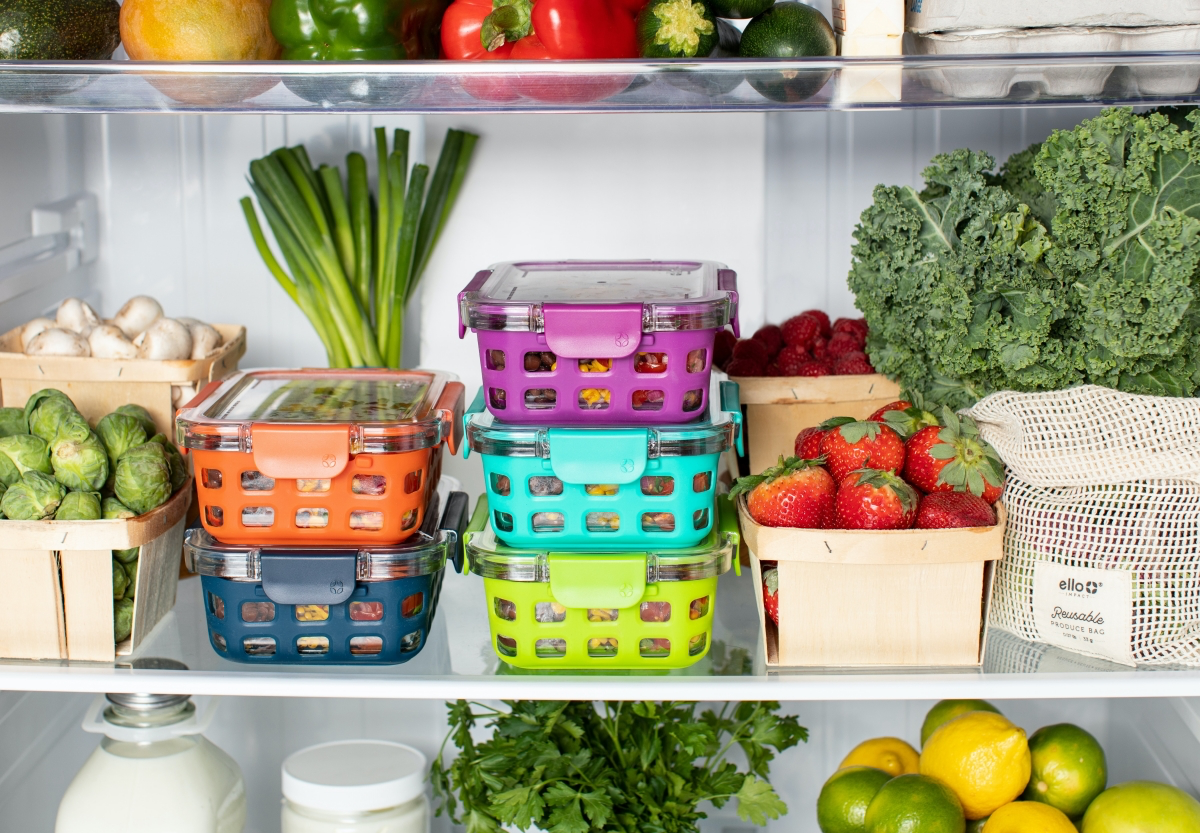
Here’s what a Batch Cooker’s week might actually look like:
- Sunday Prep (2 hours): Grill 3 lbs of chicken thighs. Roast a sheet pan of broccoli and sweet potato chunks (toss in oil, salt, pepper, and roast at 400°F for 25-30 mins). Cook 2 cups of quinoa (1 part quinoa to 2 parts water, simmer for 15 mins). Wash and chop lettuce. Whisk together a big mason jar of vinaigrette.
- Monday Dinner: Assemble a grain bowl with quinoa, sliced chicken, and roasted veggies.
- Tuesday Lunch: Toss leftover chicken and veggies with the lettuce and vinaigrette for a quick salad.
- Wednesday Dinner: Add a can of black beans and some salsa to the remaining quinoa and veggies for a deconstructed burrito bowl. Quick and completely different!
The Freezer Stasher
This is a lifesaver for anyone with a chaotic schedule. The rule is simple: whenever you cook a meal that freezes well, make a double batch. Eat one portion now and freeze the other. This is perfect for things like chili, soups, stews, lasagna, and meatballs. Over time, you build a library of homemade ready-meals. When a crazy day hits, dinner is already done.
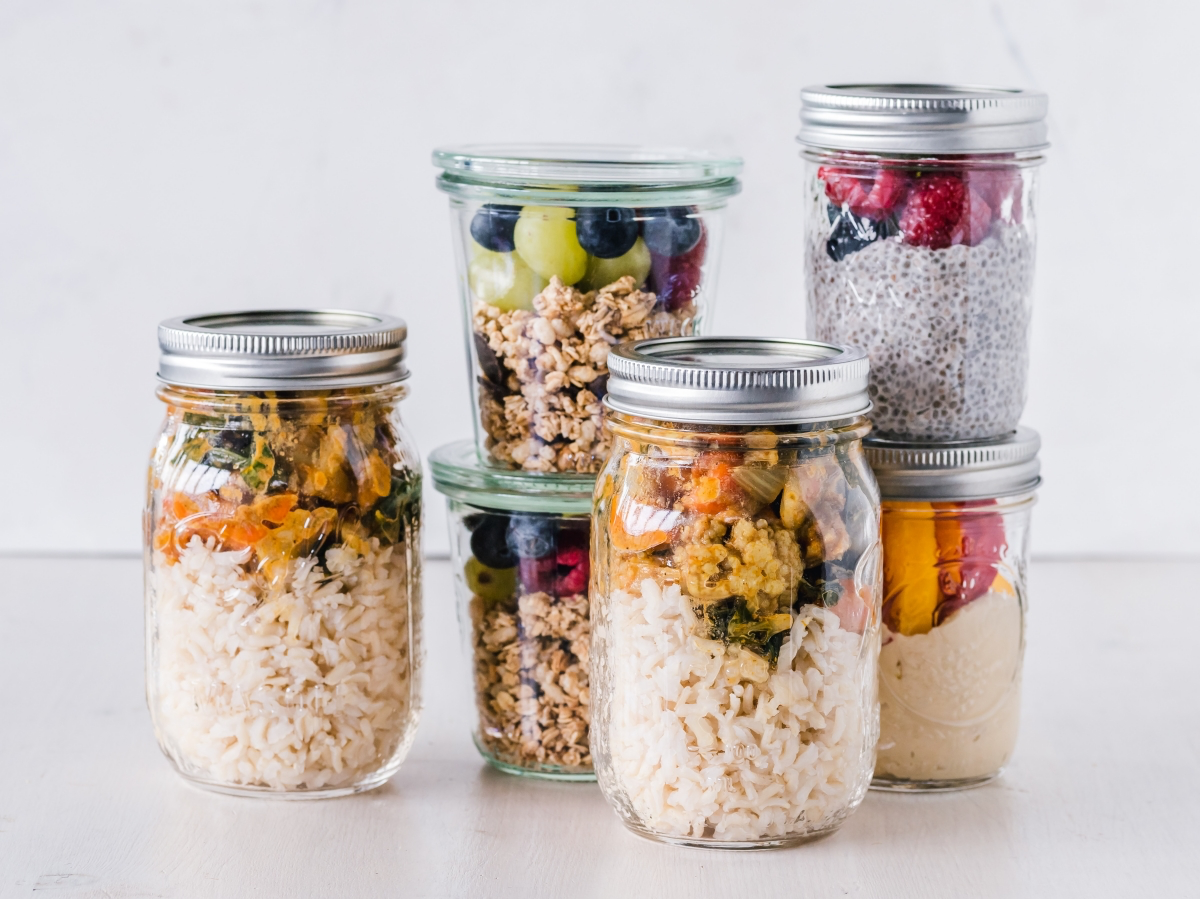
The Theme Night Planner
This approach offers structure without being rigid. You just assign a theme to each night: Meatless Monday, Taco Tuesday, Pasta Wednesday, etc. It dramatically narrows down the options, making planning a breeze. It’s also a huge hit with kids because they know what to expect and can even help pick the specific recipe.
By the way, you can totally mix and match these. Maybe you batch cook on Sunday but always have a few freezer meals as a backup. The best system is the one you’ll actually stick with.
Your Toolkit: What You Actually Need to Buy
You don’t need a kitchen full of expensive gadgets. In fact, most of them are a waste of money. But a few workhorse items will make your life infinitely easier. Here’s what I recommend investing in.
- Glass Containers: My number one pick. They don’t stain or hold onto smells like plastic can, and they go from the fridge to the microwave or oven (just check the lid!). A good set of 5-6 rectangular glass containers from a brand like Pyrex will run you about $30-$40 and will last forever.
- A Good Chef’s Knife: An 8-inch chef’s knife is the single most important tool in your kitchen. A sharp knife is a safe knife. You don’t need a whole block; one great one is enough. A fantastic starter knife, like a Victorinox Fibrox Pro, costs about $45 online or at kitchen supply stores and will serve you for a decade.
- Large Cutting Boards: A tiny cutting board is just frustrating. Get a big one, at least 15 by 20 inches. A pro tip: have two. Use a plastic one (easy to sanitize in the dishwasher) for raw meats and a nice wood or bamboo one for all your produce.
- Heavy-Duty Sheet Pans: You need two or three of these. They’re essential for roasting veggies in big batches. The flimsy ones from the grocery store will warp at high heat, which is super annoying. Head to a restaurant supply store or look online for “half-sheet pans.” They’re higher quality and often cheaper, around $15-$20 each.

The 4-Step Process That Turns Chaos into Order
Okay, here’s the exact system I teach. It breaks the overwhelming task of meal planning into four manageable steps.
Step 1: The Calendar & Pantry Audit (15 mins)
Before you even think about recipes, look at your calendar. Working late Tuesday? That’s a freezer meal night. Friends coming over Saturday? Plan something a little bigger. Next, check your pantry, fridge, and freezer. What needs to get used up? That half-bag of spinach and those chicken thighs in the freezer? Plan your first meals around them. This one habit slashes food waste and your grocery bill.
Step 2: Build Your Meal Roster (20 mins)
Now pick your meals. A crucial tip for beginners: don’t plan seven brand-new, complicated recipes. Stick to one new recipe a week, max. The rest should be easy favorites. Write them down—on a whiteboard, a notepad, whatever works.
Step 3: Create a Smart Grocery List (15 mins)
Go through your recipes and list only what you need. Then—and this is a game-changer—organize that list by store layout (Produce, Meat, Dairy, Dry Goods, etc.). This stops you from zig-zagging across the store and cuts your shopping time in half. It’s also your best defense against impulse buys.
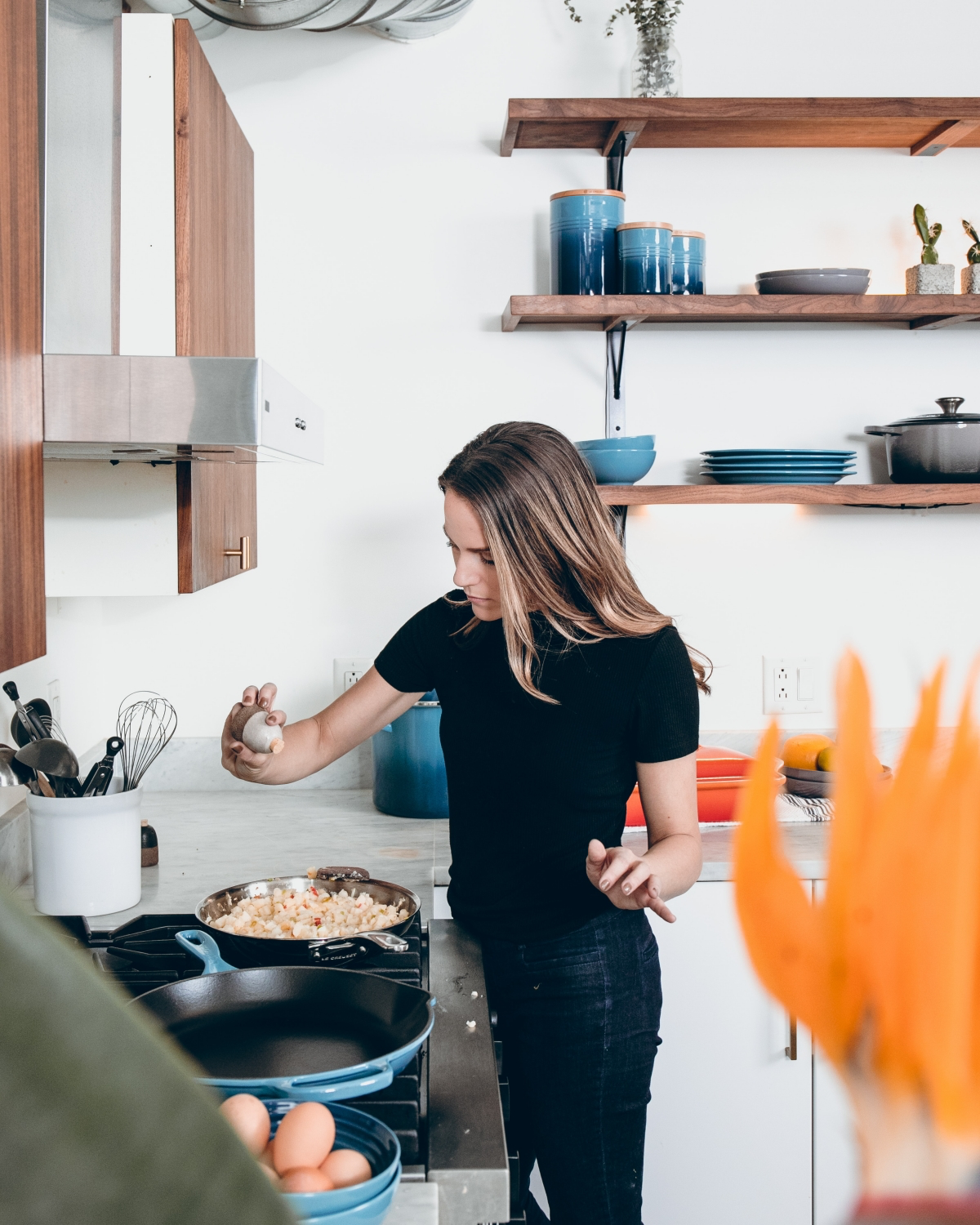
Step 4: The Prep Session (1-3 hours)
This is where the magic happens. Put on a podcast and get into it. Your goal is to make weekday cooking a simple assembly job.
- Chop your veggies: Chop onions, bell peppers, and celery and store them in airtight containers.
- Cook your grains: Make a big pot of quinoa, rice, or farro.
- Cook your proteins: Grill or bake that family pack of chicken. Brown some ground beef.
- Make a sauce: A simple vinaigrette takes two minutes. My go-to is in a mason jar: 1/2 cup olive oil, 1/4 cup apple cider vinegar, 1 tsp Dijon mustard, plus a pinch of salt and pepper. Shake it up, and you’re done.
That hour or two you invest here pays you back all week long. Dinner becomes a 10-minute task of just combining things.
Beginner’s Corner: Your First Three Meals (I Promise They’re Easy)
Feeling overwhelmed? Don’t. Start with these incredibly simple, hard-to-mess-up meal ideas. They’ll give you the confidence boost you need.
- Sheet Pan Sausage & Veggies: Get some pre-cooked Italian sausage, chop up some broccoli and bell peppers. Toss it all on a sheet pan with olive oil and Italian seasoning. Roast at 400°F for 20-25 minutes. One pan, zero stress.
- Easiest Black Bean Tacos: Sauté a can of black beans with a spoonful of taco seasoning. Warm up some tortillas. Serve with pre-shredded cheese, salsa, and lettuce. Done in 10 minutes.
- 5-Ingredient Lentil Soup: In a pot, combine a box of vegetable broth, 1 cup of red lentils, a can of diced tomatoes, 1 chopped onion, and some garlic. Simmer for 25-30 minutes until the lentils are soft. It’s cheap, healthy, and makes great leftovers.
Food Safety: The Rules You Absolutely Cannot Break
Okay, let’s get serious for a minute. All this planning is worthless if you make someone sick. These aren’t suggestions; they are hard-and-fast rules.
The temperature range between 40°F and 140°F is known as the “danger zone,” where bacteria multiply like crazy. Your job is to keep food out of it.
This means you can’t just stick a huge, steaming pot of chili in the fridge. It will stay in the danger zone for hours while it cools. The pro move is to divide hot foods into smaller, shallow containers first. They’ll cool down much faster and more safely.
When you reheat leftovers, they have to hit 165°F internally to be safe. A food thermometer is the only way to know for sure. And please, prevent cross-contamination. Trust me on this one. Early in my career, I got careless with a cutting board after prepping chicken. It was a close call I never, ever forgot. Now, I swear by using separate boards for raw meat and produce. It’s a simple habit that can prevent serious illness.
Finally, know when to let go. Most leftovers are good for 3-4 days in the fridge. When in doubt, throw it out. Slap a label with the date on your containers to take out the guesswork.
Troubleshooting Common Problems
Even the best plans can go sideways. Here’s how to handle the most common roadblocks.
- The Boredom Factor: Tired of the same old thing? The secret is in the spices, not the core ingredient. That chicken breast can go in a million directions. For example: Italian-style with oregano, basil, and garlic powder; Smoky & Sweet with smoked paprika, chili powder, and cumin; or Zesty Greek with lemon juice, dill, and garlic.
- The Time Crunch: Your Sunday prep session got derailed. This is why you always have 2-3 “emergency meals” on hand. The ingredients for scrambled eggs, a simple pasta with jarred sauce, or a bean and cheese quesadilla can save you from ordering expensive takeout.
- The Perfection Trap: I’ve seen so many people quit because they missed a day and ordered pizza. So what? Meal planning is about consistency, not perfection. If you stick with it 80% of the time, you are winning. Give yourself some grace.
A good meal plan is one of the most powerful tools for a better life. It’s a skill that takes a little practice, but the payoff in time, money, and health is just enormous. Start small, be consistent, and build the system that truly serves you.
Heads up! While this guide is a fantastic start for general wellness, there are times you need a dedicated expert. If you’re managing a specific medical condition like diabetes, heart disease, celiac disease, or severe food allergies, you should absolutely work with a Registered Dietitian (RD). They are the qualified pros for creating a plan tailored to your medical needs.
Inspirational Gallery with Photos
A study in the American Journal of Preventive Medicine found that people who spent more time on food preparation were more likely to have a higher-quality diet, including significantly more vegetable consumption.
How do I stop my prepped salads from turning into a soggy mess?
The secret is strategic layering in a mason jar or a tall container. Start with the dressing at the very bottom. Next, add hard, non-absorbent veggies like carrots or bell peppers. Follow with grains or proteins, then more delicate ingredients like cheese or nuts. Finally, pack the leafy greens on top, as far from the dressing as possible. Just shake it all up when you’re ready to eat!
Glass Containers: Brands like Pyrex are the workhorses. They don’t stain or retain odors, and can go from freezer to microwave to dishwasher. The downside? They’re heavier and can break.
High-Quality Plastic: Think BPA-free options like those from OXO. They are lightweight, stackable, and great for pantry storage or non-acidic foods. They’re less ideal for reheating tomato-based sauces, which can cause staining.
Our verdict? For reheating meals, glass is king. For dry goods and on-the-go snacks, lightweight plastic often wins.
Turn your Sunday prep session from a chore into a restorative ritual. It’s your time to reset for the week ahead. Here’s how to set the mood:
- Cue the Soundtrack: Put on your favorite podcast, an energizing playlist, or a calming audiobook. The goal is to make the kitchen a pleasant space to be.
- Hydrate & Caffeinate: Prepare your favorite drink before you start, whether it’s a hot coffee, a sparkling water with lime, or a glass of wine.
- Embrace ‘Mise en Place’: Before you cook, get everything out. Wash and chop all your vegetables at once, measure out spices, and line up your containers. This assembly-line approach is incredibly efficient and satisfying.
Don’t forget the ‘flavor bombs’: A successful meal plan relies on taste, not just macros. Master a few low-cost, high-impact additions. A simple mix of sautéed garlic and onion, a jar of homemade pesto, or even just a squeeze of fresh lemon juice and zest can elevate a simple dish of chicken and rice from bland to brilliant.
- Serves as a ready-to-go base for grain bowls.
- Can be bulked up with veggies for a quick fried rice.
- Adds substance and fiber to soups and stews.
The secret? Master the art of batch-cooking grains. On Sunday, make a large pot of quinoa, brown rice, or farro. Once cooled, store it in the fridge for up to four days. It’s the ultimate shortcut for building fast, healthy meals throughout the week.
The average American family throws away about $1,500 worth of food each year.
Meal planning directly tackles this. By buying only what you need for a specific set of recipes, you eliminate ‘mystery vegetables’ that wilt in the crisper drawer. Every ingredient has a purpose, transforming your fridge from a food graveyard into an organized, cost-effective tool.
Take a cue from the Japanese bento box. It’s more than just a lunchbox; it’s a philosophy of balance, variety, and visual appeal. The principle involves packing a single-portion meal with a carbohydrate (like rice), a protein (like fish or meat), and a colorful assortment of pickled or cooked vegetables. This approach encourages portion control and ensures a nutritionally diverse meal, proving that prepped food can be an art form.
A few smart tools can revolutionize your prep time. Beyond knives and boards, consider these game-changers:
- A digital kitchen scale for precise portions of proteins and grains.
- A quality mandoline slicer for uniform, quick vegetable prep (always use the safety guard!).
- Silicone trays like Souper Cubes for freezing perfect 1-cup or 2-cup portions of soups, stews, or sauces.










